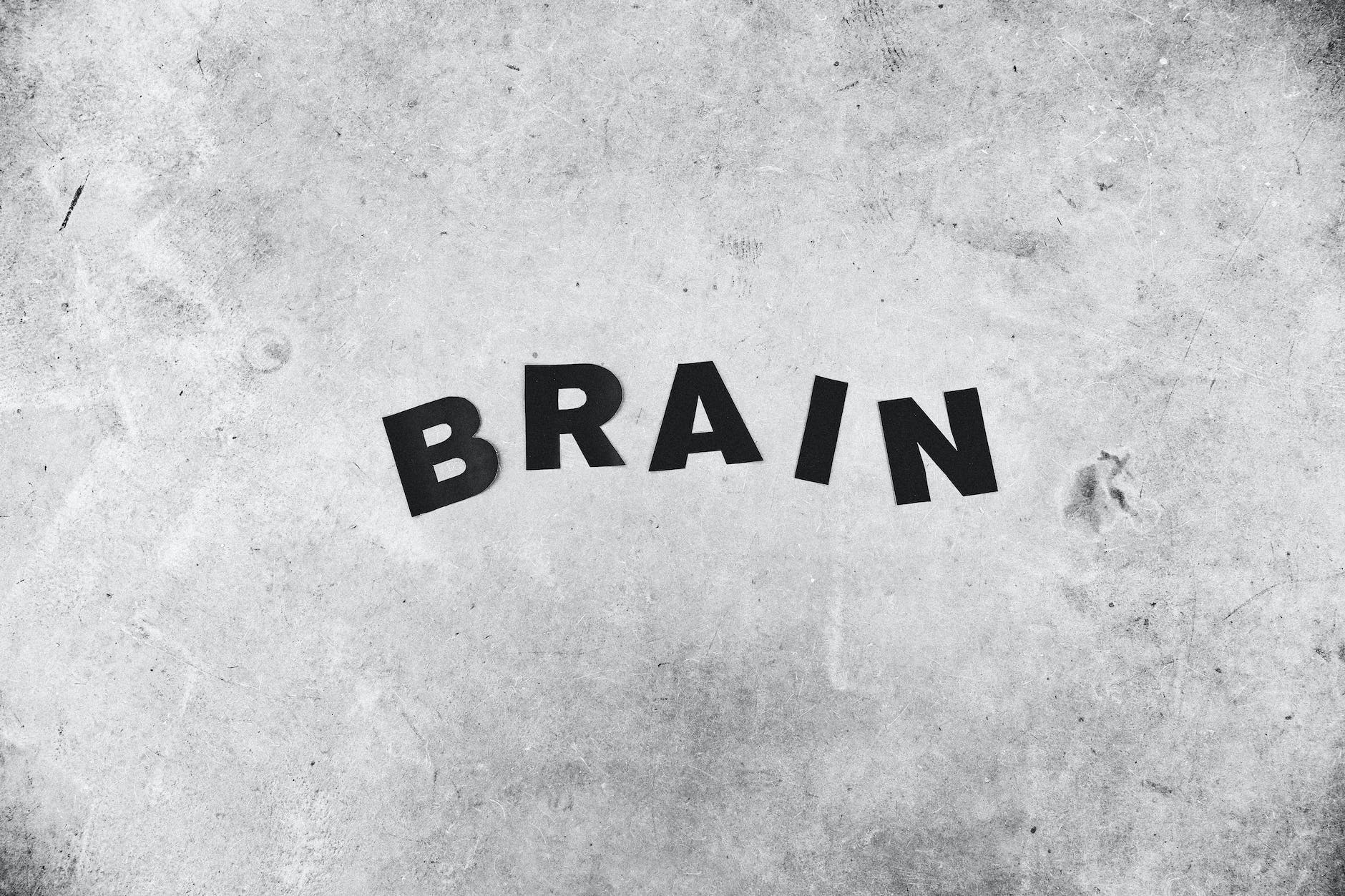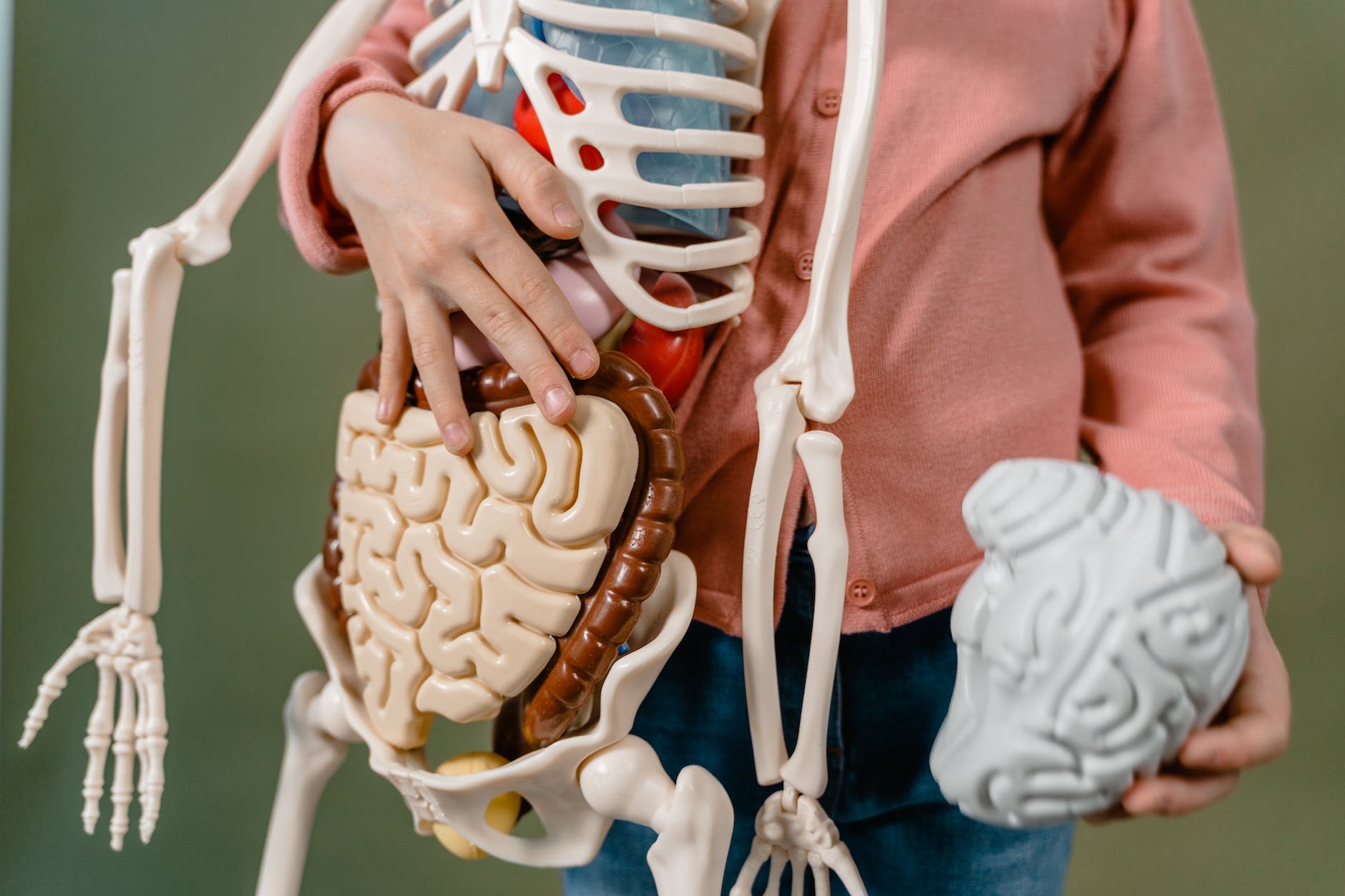If you have ever wondered about the mind-bending effects of psychedelic substances like psilocybin, LSD, and DMT, it’s time to delve into the intriguing field of neuroscience and pharmacology. Scientific advancements, particularly in brain imaging techniques, allow us to explore the profound impact of these substances on the brain and psyche and the evocative ‘mystical experiences’ they seem to provoke.
Firstly, let’s consider how psychedelics interact with our neural system at the molecular level. The human brain contains billions of neurons, which communicate using chemicals known as neurotransmitters. Psychedelics like LSD, psilocybin (found in magic mushrooms), and DMT (found in ayahuasca) typically influence the serotonergic system, binding to serotonin 2A (5-HT2A) receptors. They function as partial agonists, meaning they trigger these receptors but not to the same degree as serotonin, the brain’s natural neurotransmitter.
The Pharmacology of Psychedelics
The pharmacology of psychedelics primarily involves the 5-HT2A receptor. When a psychedelic binds to this receptor, it leads to a series of intracellular events, generating a neurotransmission cascade. LSD, for instance, has a long-acting effect due to its structural configuration, which allows it to bind tightly inside the receptor.
Brain Imaging and Psychedelics
The advent of modern brain imaging techniques enables us a glimpse into the brain under the influence of psychedelics. Research conducted at Imperial College London revealed that psychedelics increase the brain’s overall connectivity. Psychedelics disrupt the usual conversation pattern between brain regions that normally wouldn’t interact, leading to unique thought patterns and perceptions.
Ego Dissolution and Mystical Experiences
An intriguing phenomenon associated with psychedelics is ‘ego dissolution’, the feeling of a loss of self-identity. This experience, while fundamentally ineffable, has a clear neurobiological footprint. Brain imaging studies on psilocybin indicate a deactivation of the brain’s default mode network (DMN), an interconnected group of structures associated with self-referential thought. The diminishing activity of the DMN corresponds with the intensity of ego dissolution experiences.
Closely linked with ego dissolution are the ‘mystical experiences’ often reported by individuals under the influence of psychedelics. These include feelings of unity, sacredness, deep positive mood, transcendence of time and space, and ineffability. They mirror reported experiences of spiritual practitioners across various traditions, facilitating a sense of connectedness and universal love.
The Therapeutic Potential of Psychedelics
Studies indicate the therapeutic potential of psychedelics, particularly in treatment-resistant depression, end-of-life anxiety, and post-traumatic stress disorder (PTSD). The profound ego dissolution and mystical experiences catalyzed by psychedelics may lead to a restructuring of the individual’s self-perceptions and worldviews, yielding lasting psychological relief.
However, it’s crucial to stress that these substances should not be recklessly used outside a controlled therapeutic scope, considering the potential risk of harmful psychological reactions in certain individuals.
In conclusion, the scientific exploration of psychedelics informs us about the intricate level to which these substances influence our brain and consciousness. From both a neuroscience and pharmacology perspective, psychedelics continue to offer astonishing insights into the human mind, leading us toward an era of potential breakthroughs in mental health treatment.







